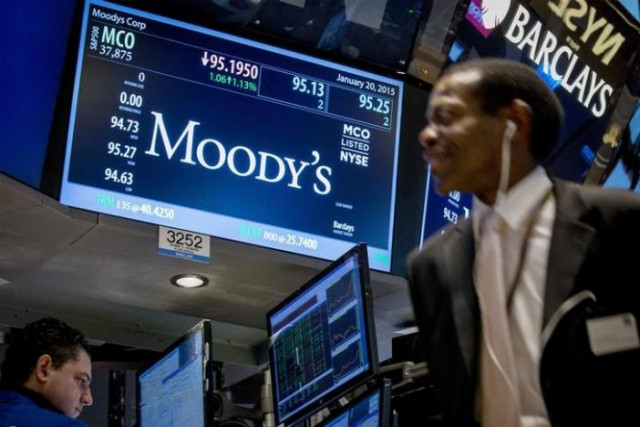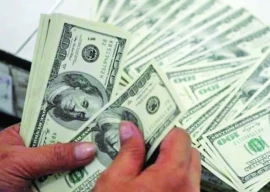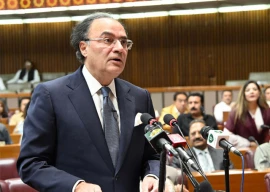
Pakistan carries a high economic growth potential of more than 4%. The country is all set to undertake structural reforms to increase the investment rate and achieve a sustainable growth in export earnings for higher economic growth in the coming years.
The country's debt burden has increased during the Covid-19 pandemic. The debt growth, however, remains nominal compared to regional countries. Fiscal policy, ease of doing business, taxation and competition are some of the weak areas. Policymakers have identified these areas to work upon them.
"On a forward-looking basis, the GDP growth rate would be taken further higher than this (4% revised projection for the outgoing fiscal year 2020-21)," State Bank of Pakistan (SBP) Governor Reza Baqir said while speaking at the CFO Conference 2021 organised by the Professional Accountants in Business (PAIB) Committee of the Institute of Chartered Accountants of Pakistan (ICAP) on Monday.
After achieving economic stabilisation, there is high growth opportunity ahead. "I hope this high growth opportunity will not be missed. We will do structural reforms. We will take our GDP growth further up," Baqir said.
"We have to demonstrate increase in the rate of investment and we have to demonstrate that our exports continue to grow on a sustainable basis," he said, adding that to do so, "we need to work on structural reforms like further improving ease of doing business, taxation regime, licencing environment and competition climate in addition to the support from fiscal and monetary policies."
The National Accounts Committee (NAC) has revised the projection for GDP growth to about 4% for the current fiscal year compared to the central bank's recent projection of 3% expansion.
"This high economic growth rate (4%) is being achieved due to the measures taken to control public debt despite an increase in social spending under Ehsaas programme to take care of vulnerable people and award of an aggressive stimulus package worth Rs2 trillion through monetary measures during the Covid-19 pandemic," he said.
Although NAC's projection for FY21 economic growth surprised the nation on Friday last week, it was very much in line with the periodical review of Pakistan's economy done by the international credit rating agency, Moody's Investors Service, the same day last week.
"The credit profile of Pakistan (issuer rating B3) reflects the country's 'baa2' economic strength, which is underpinned by the robust long-term GDP growth potential and large scale of the economy…," Moody's said in the periodical review on Friday.
"The government's 'ca' fiscal strength was driven by high government debt burden and narrow revenue base, which hinders debt affordability and reduces fiscal flexibility given ongoing infrastructure and social spending needs; and its 'b' susceptibility to event risk driven by external vulnerability, as foreign exchange reserve adequacy, though improving, remains low compared to peers," the international rating agency said.
Commenting on Moody's review, Arif Habib Limited Head of Research Tahir Abbas said that the rating agency had maintained Pakistan's credit rating at 'B3' with a stable economic outlook against the potentially high growth rate.
The rating agency sees high growth mainly from the large-scale manufacturing sector. Simultaneously, it has emphasised the need for increasing collection of tax revenues to meet increasing spending, which at present is being financed through increasing debt, he said.
Published in The Express Tribune, May 25th, 2021.
Like Business on Facebook, follow @TribuneBiz on Twitter to stay informed and join in the conversation.



















COMMENTS
Comments are moderated and generally will be posted if they are on-topic and not abusive.
For more information, please see our Comments FAQ